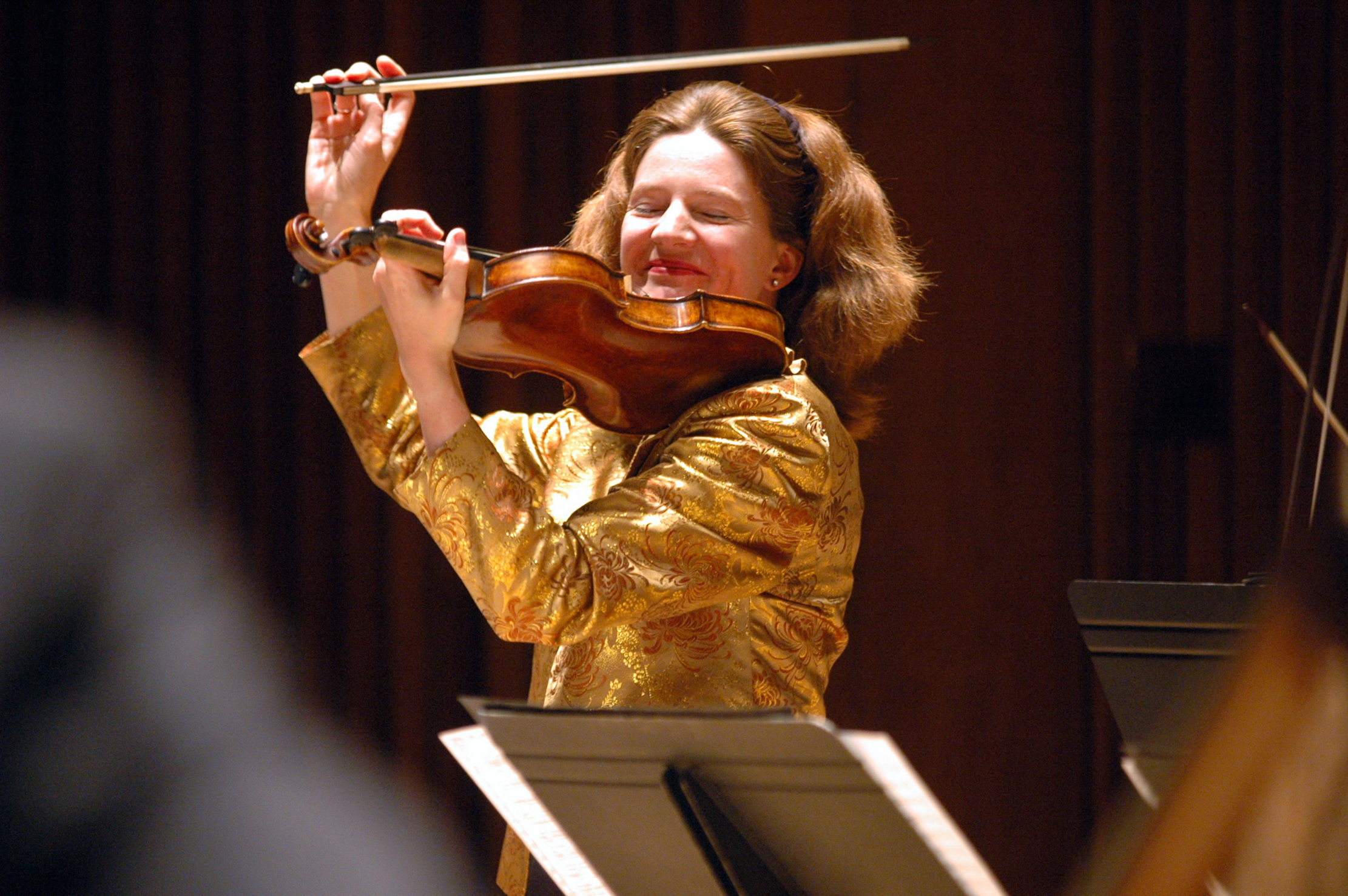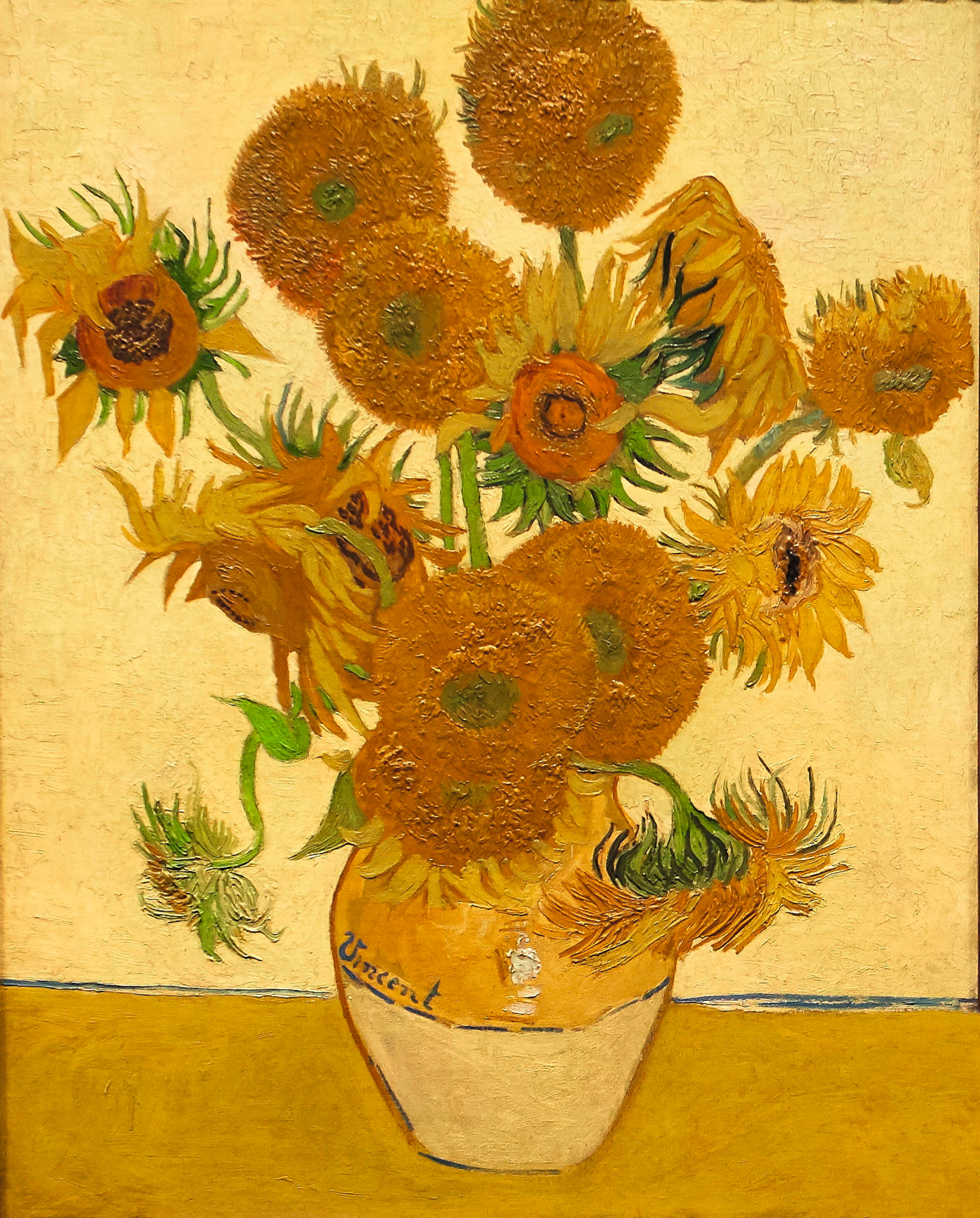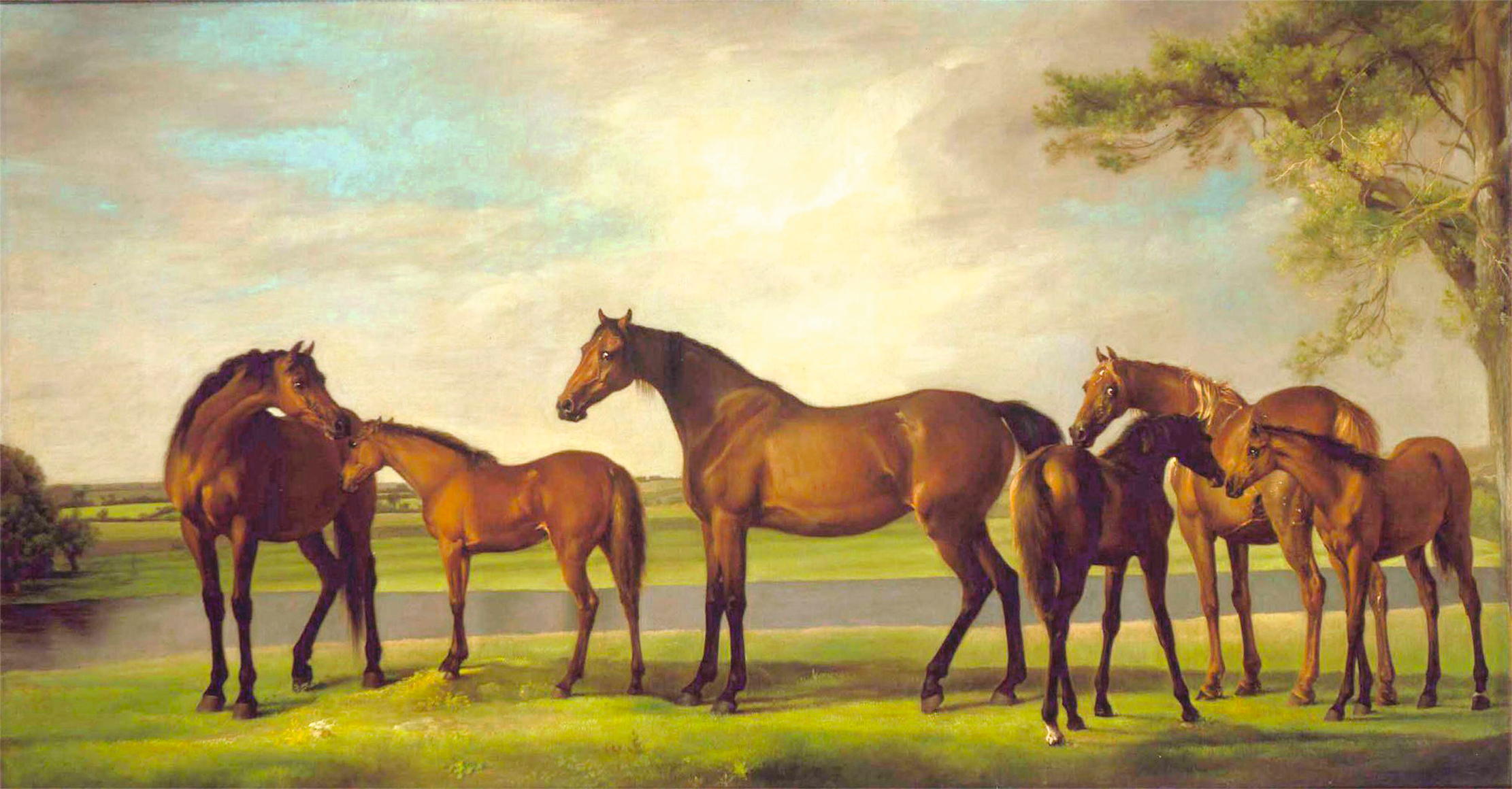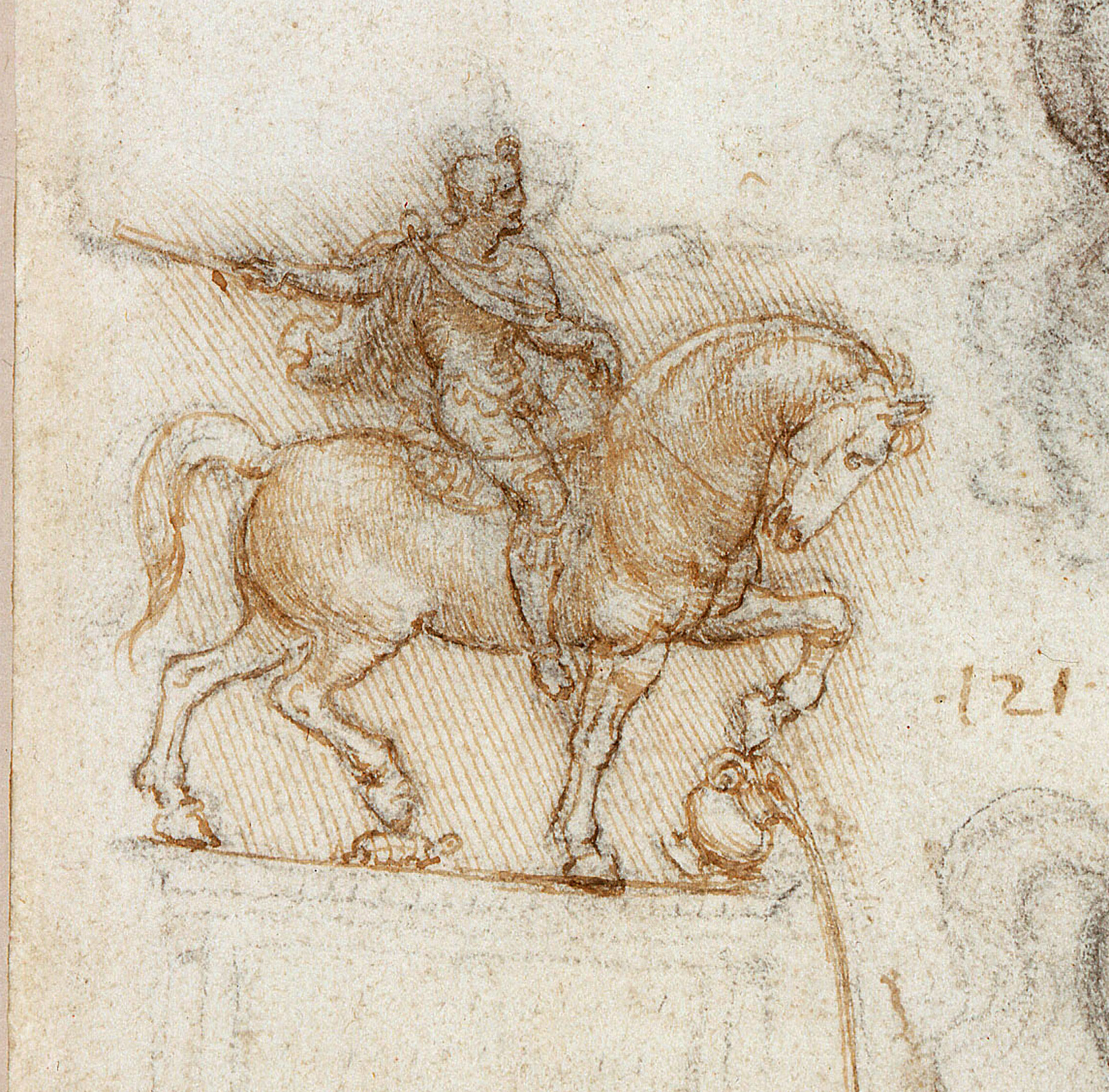My Favourite Painting: Rachel Podger
Rachel Podger, one of the world's leading violinists who specialises in Baroque music, chooses one of Vincent van Gogh's 'Sunflowers'.


'What I love about the sunflowers is the radiance of their golden colour and that they are so expressive–it’s as if they’re saying: “We are beautiful, you are beautiful.” It’s a really inspiring painting to look at and it always cheers me up, but it’s not superficial, there’s depth in it and so many different colours. You see lots of different types of yellow and beautiful greens, with nuanced shading. To me, that reflects a lot of what I do.
I specialise in historical performance of Baroque music and what I focus on a lot of the time is expression in music, how you can bring that about by playing in a nuanced way with a lot of gestures. My biggest desire, when I perform, is to move people’s hearts and that is what Sunflowers does to me: I look at it and feel uplifted.'
Charlotte Mullins comments on Sunflowers

In 1888, Vincent van Gogh leased a house in Arles, in the south of France, and set to work establishing his ‘Studio of the South’. He envisioned like-minded artists living and working together in creative harmony under blue Provençal skies.
The first (and only) artist he managed to attract to his scheme was Paul Gauguin and, in anticipation of his arrival, van Gogh decided to cover the walls of the Yellow House with paintings to welcome him. In a frenzied week, he painted four vases of sunflowers before the blooms faded. This picture, which now hangs in London’s National Gallery, is the fourth and final Sunflowers from this year.
Fifteen flowers are arranged in an earthenware vase. Van Gogh’s signature sits above a thin line on the vase and the blue makes the surrounding yellows zing. He reverses the colours, so the unglazed bottom section mirrors the wall behind, with the darker glazed top matching the colour of the table. This adds dynamism to an already lively scene, where flowerheads twist this way and that, their petals about to fall or heavy with seed. ‘I am painting with the gusto of a Marseillaise eating bouillabaisse,’ he wrote to his brother, Theo, when completing this work.
Sadly for van Gogh, his excitement didn’t last long. Gauguin arrived in October, but, before Christmas, he was heading back to Paris. The shared-studio concept had soured and van Gogh was soon admitted to an asylum. He took his own life two years later.

George Stubbs (1724–1806): Hero of the turf
George Stubbs, born 300 years ago, found Nature superior to art and approached his pictures with the eye of an

The Leonardo da Vinci masterpiece that never was, thanks to an assassination, a war, an abduction and an invasion
The great master Leonardo da Vinci was on course to create an equine statue that could have rivalled his greatest
Exquisite houses, the beauty of Nature, and how to get the most from your life, straight to your inbox.

Charlotte Mullins is an art critic, writer and broadcaster. Her latest book, The Art Isles: A 15,000 year story of art in the British Isles, will be published by Yale University Press in October 2025.